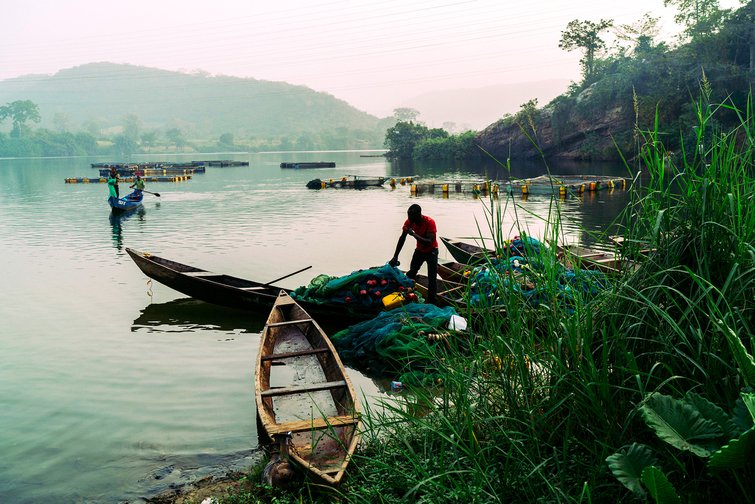At present there is a wide gap between the policies and rhetoric around child protection and the lived experiences of working children. The individuals at the helm of the global child rights and child labour abolitionist agendas must close that gap if they are to make serious progress on this issue. The goal must be, as a child workers’ union in India says, to not let anti-child labour be anti-child.
This begins with directly addressing poverty and socioeconomic constraints. Not all families have the means to live and many face social or legal obstacles when trying to acquire them. In such cases children can act as ‘shock absorbers’ for the family, entering and exiting work as needs dictate. Punishing these families for trying to survive is unhelpful. Those seeking to intervene must also recognise that not all child labourers are the same. What they do, why they do it, and under what conditions can differ greatly from child to child even within a confined area. Where to intervene and how must be far more carefully considered than is usually seen today.
Finally, changing the approach requires anti-trafficking and anti-child labour professionals to accept that working children, their families, and their communities can hold them accountable for their actions. So far this is lacking. Working children are, predictably, not invited to the big anti-child labour conferences and post-mortem assessments frequently do not gather their views. In short: their voices, judgements, and ideas are intentionally ignored by the people seeking to intervene in their lives. We commissioned this series in large part to give them a way to be heard anyway. Consider it an unauthorised fringe event to the ILO’s Fifth Global Conference on the Elimination of Child Labour that will be held in May in Johannesburg, South Africa.
The search for workable, sustainable solutions
These testimonies were gathered and translated out of Twi by local partners with whom we’ve worked for many years. The interviews were conducted in two parts. First, the individuals were asked to describe their work and why they do it. They were then asked what they would say to the politicians and decision-makers in Ghana if ever given the opportunity. The measures topping their wish lists were:
- address the poverty and socio-economic hardships that compel them to work;
- eradicate obstacles to educational, skills and training opportunities;
- create opportunities for safer and better-paid work;
- offer start-up grants and loans to parents and caretakers.
It’s important to stress that not every child we spoke with liked the fact that they were working. Some wished life were different but at present saw no viable alternative. Others emphasised a desire to continue their work, but under safer, less exploitative conditions. And still others saw work as the way for them to reach their goals, including getting an education.
This variety underscores the importance of listening closely to children’s accounts. When nuance and complexity are sacrificed on the altar of sensationalism it is easy to believe that only one response to child labour is sensible: complete eradication. But what is clear from our speakers is that this hard-line approach is not always in the best interests of the child. We must, therefore, be willing to consider other strategies.
A second key message is that there is no silver bullet to all forms of child labour. Each speaker in this series presents a set of personal and structural circumstances that is unique to them, and it quickly becomes obvious that no single programme could sustainably lift them all out of work. As hard as it may be, tailoring support plans to individual needs is crucial to success.
Third, solutions must be sustainable. Several of our speakers have been involved in well-intentioned yet ultimately unsuccessful efforts to address their hardships. Many children found themselves back where they started when the support stopped or, in some cases, in even worse positions. Finally, everyone we spoke to emphasised the need for support measures that maintained their dignity and those of their families. In place of ‘rescue missions’ – which present child workers as degraded objects in need of saving – our speakers saw respectful and collaborative solution seeking as the way forward.
Accompanying each submission is a drawing by a former child worker from Ghana whose experience as a self-taught artist embodies another important argument made by the contributors. The adverse circumstances working children face are frequently temporary. But, with the right support and opportunities, they can flourish.
The author’s ongoing research on this subject and the time he devoted to this special series was made possible through European Research Council funding [ERC ADG 788563].
